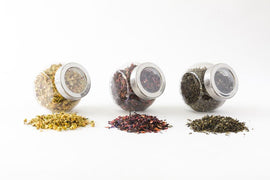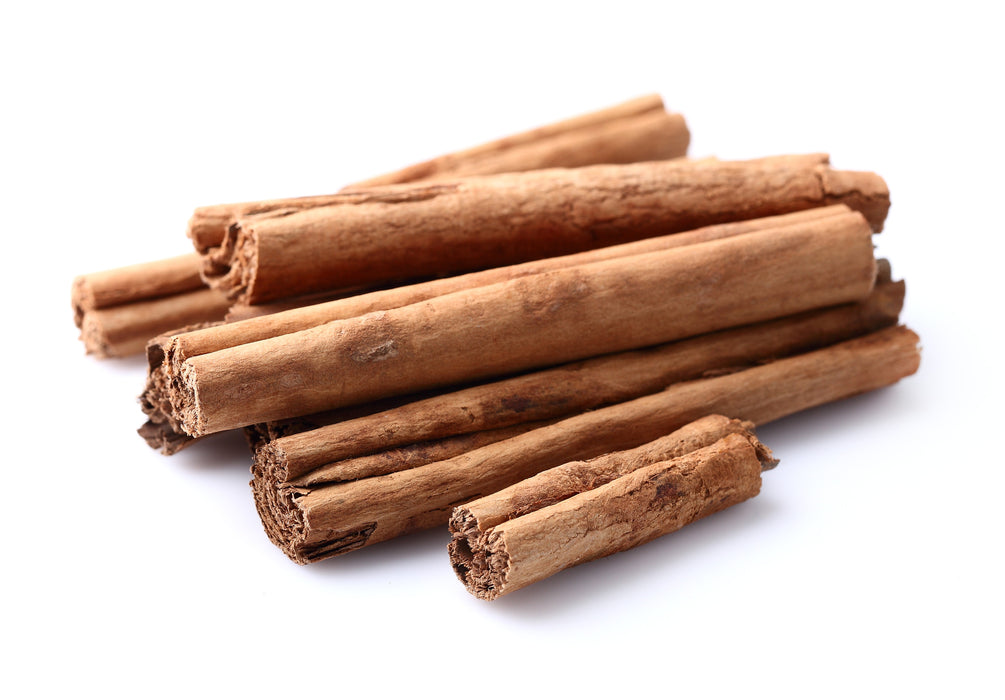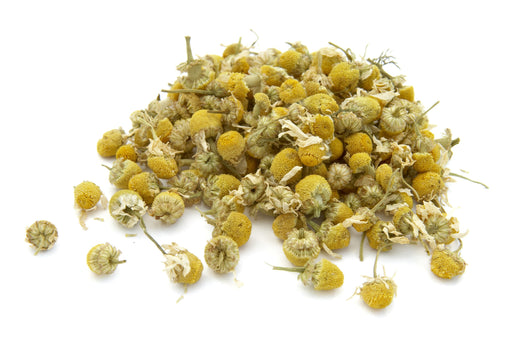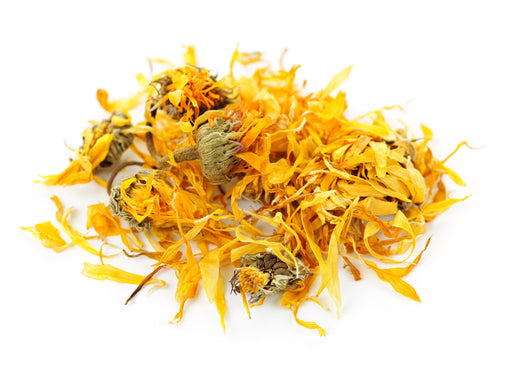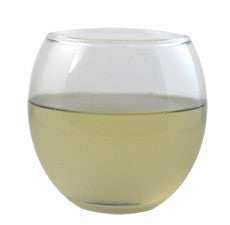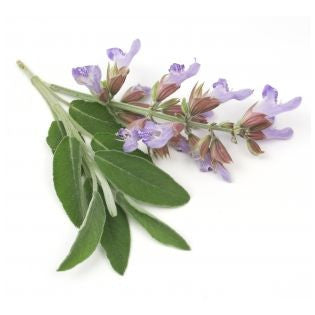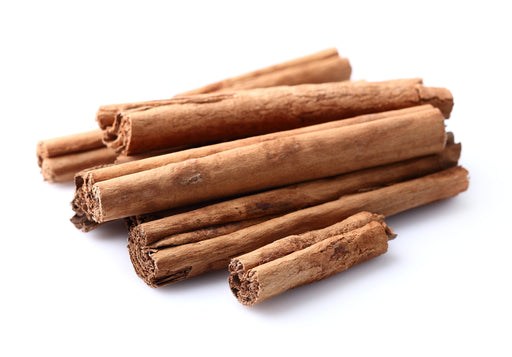Cinnamon Bark Essential Oil CO2 Extracted
Active Ingredient: Cinnamyl aldehyde: 65%
Botanical Name: Cinnamomum cassia blume
Plant Part: Bark
Extraction Method: CO2 Extraction
Origin: China
Description: The cinnamon tree is an evergreen native to China and mainland South East Asia. It is an evergreen which reaches maturity at 10-12 years. It has shiny, leathery green leaves, and small, white flowers with oval shaped purple berries. The CO2 extraction method yields a greater number of aromatic compounds from the cinnamon than any other distillation process. In certain conditions at a low temperature Carbon Dioxide or CO2 can be pressurized to become a liquid. This liquid then acts as a solvent and is used to extract the oil from plants. After extraction is completed, the extraction vessel is brought back to normal temperature and the CO2 rapidly converts to gas leaving behind high quality oil that is free of solvents.
Color: Clear dark yellow to brown liquid.
Consistency: Medium
Aromatic Scent: Cinnamon Bark CO2 Oil has a warm, spicy scent that is somewhere between clove and cinnamon. It is slightly herbaceous with pepper notes.
Note: Middle
Strength of Aroma: Strong
Blends well with: Frankincense, Lavender, Cedarwood, Orange, Lemon, Neroli, and Ylang-ylang.
Uses: Essential oils such as Cinnamon Bark CO2 Extracted Oil are highly respected, because of the antiseptic and antimicrobial properties of the oil. It has been used to treat diarrhea and other problems of the digestive system. With its pleasant scent, it has been considered to be a perfect additive to creams, lotions, and soaps. From a spiritual perspective, it is believed to have a warming and uplifting characteristic.
Important Note: Cinnamon Bark CO2 is clear at warmer temperatures (room temperature or just above). As the temperature drops it will become cloudy, which is normal. If the oil is reheated, it will become clear again.
History: The medicinal use of Cinnamon Bark was first recorded in Chinese formulations as early as 2700 B.C. The herb has been used as a healing aid for stomach upset and gas, diarrhea, rheumatism, kidney ailments, and abdominal pain. The Egyptians used it as a foot massage, as well as a remedy for excessive bile. It was used as an ingredient of mulled wines, love potions and a sedative during birthing.
General Information: Sunrise Botanics provides this essential oils guide for educational purposes only and not as medical advice. Please consult a qualified healthcare practitioner or resource on uses, safety and precautions for all essential oils Canada, USA and Worldwide.




















































































